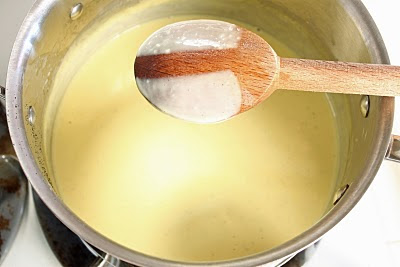On a recent outing to a favorite local dining spot, the hubby and I were working our way through a plate of these little lovelies. He looks over at me and says “I bet you could make these.”
Hmmm.
So after a little experimenting, I think I came up with a pretty darn good recipe. So good in fact, that after making up a batch, we ate almost the whole pile before the rest of dinner was plated. The trick for these is in the double frying. Fry the potatoes once to sort of get them going, take them out to drain. Raise the temperature and fry again. This insures that they come out perfectly crisp and cooked all the way through. Although a sprinkling of salt and pepper is perfectly fine for serving, I decided to make a Meyer Lemon Gremolata to serve on top. The fresh parsley, garlic and lemon zest mixed with the warm fries looks, smells and tastes great.
They were wicked good!
Enjoy!
Shannon
Wicked Good Fries with Meyer Lemon Gremolata
should serve 4 if your lucky
4 Russet Idaho Potatoes
Peanut oil for frying
salt & pepper
Meyer Lemon Gremolata
3 Tbsp. chopped parsley
3 Meyer lemons, zested
2 garlic cloves, finely chopped
To make the Gremolata, mix together the chopped parsley, grated Meyer Lemon zest and the finely chopped garlic cloves. Set aside until ready to serve.
Attach a candy thermometer to the side of large heavy deep pot (do not let tip touch bottom). Add enough peanut oil to pot to reach depth of 3 inches. Heat oil over medium heat to 300°F.
While the oil is coming up to temperature, peel the potatoes and cut lengthwise into 1/4-inch-thick slices, then cut lengthwise into 1/4-inch-wide strips. Toss into a large bowl with very cold water until ready to fry. When oil is up to temperature, take the potato strips out of the water and place on 2 large baking sheets lined with paper towels, pat dry with additional paper towels.
Working in batches, add potatoes to oil and cook until potatoes are just tender, stirring occasionally and maintaining heat at 300°F, about 3 minutes per batch. Transfer potatoes to 1 prepared baking sheet to drain. Heat same oil until temperature reaches 360°F to 365°F. Working in batches, add same fries to oil and cook until golden brown, maintaining temperature between 360°F and 365°F, about 2 minutes per batch. Transfer to second prepared baking sheet to drain. Transfer french fries to serving dish; sprinkle with salt and pepper and then top off with the Gremolata.

























